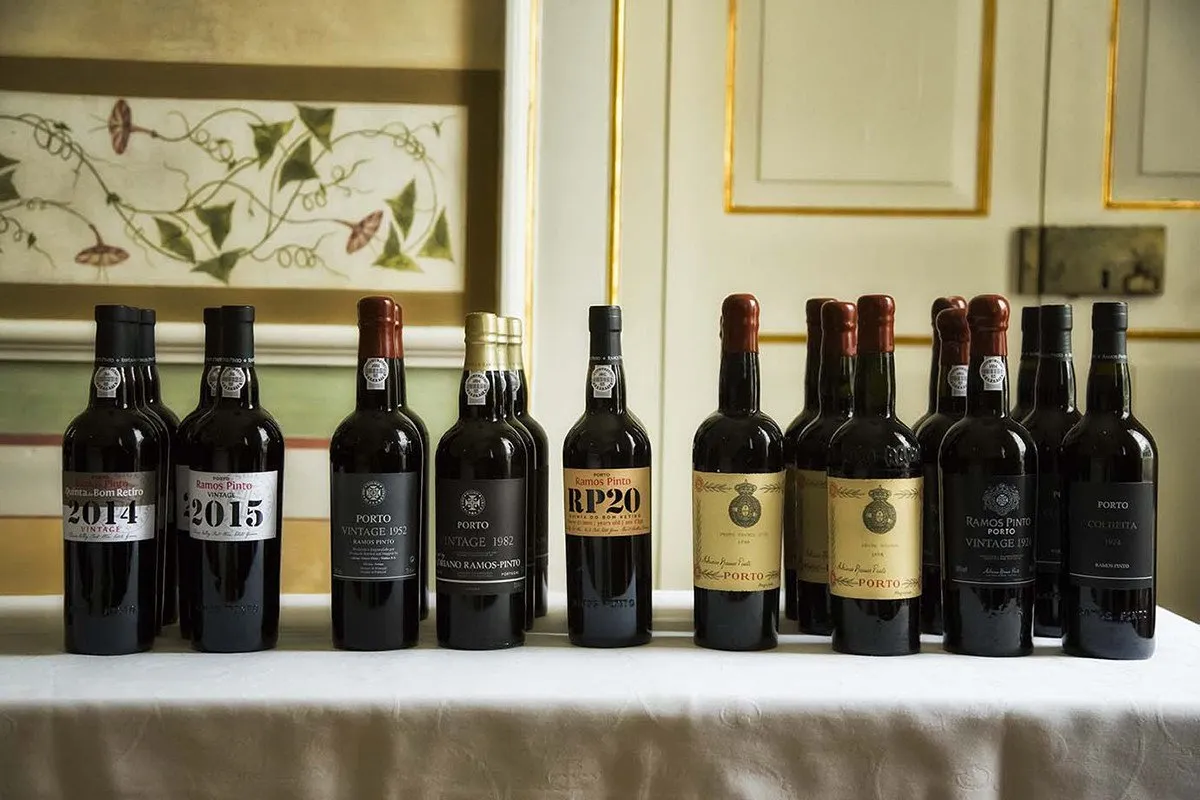
Porto Wine
Port Wine is one of the best known and most appreciated wines everywhere. It stands out from the others for its unique characteristics, such as the high alcohol content up to 22%, color, sweetness and aroma that vary according to the different types.
Despite being known as a sweet wine, Port Wine can vary from very sweet to extra dry. The difference in the degree of sweetness is determined by the manufacturer who relies on the form and time at which the fermentation process is interrupted.
Traditionally served as a dessert wine, Port Wine has emerged as an alternative to traditional wines and has become part of romantic, social or professional gatherings, always bringing a touch of elegance to the events where it is served.
The Origin and History of Port Wine

Source
There are several theories about the origin of Port Wine. One of the most popular says that its discovery was almost accidental. In the mid-17th century, England adopted Portugal as its wine supplier. However, as the time between the two countries was very long to connect, the British got into the habit of adding a quantity of burning water to the wine to stabilize it, thus preventing its deterioration.
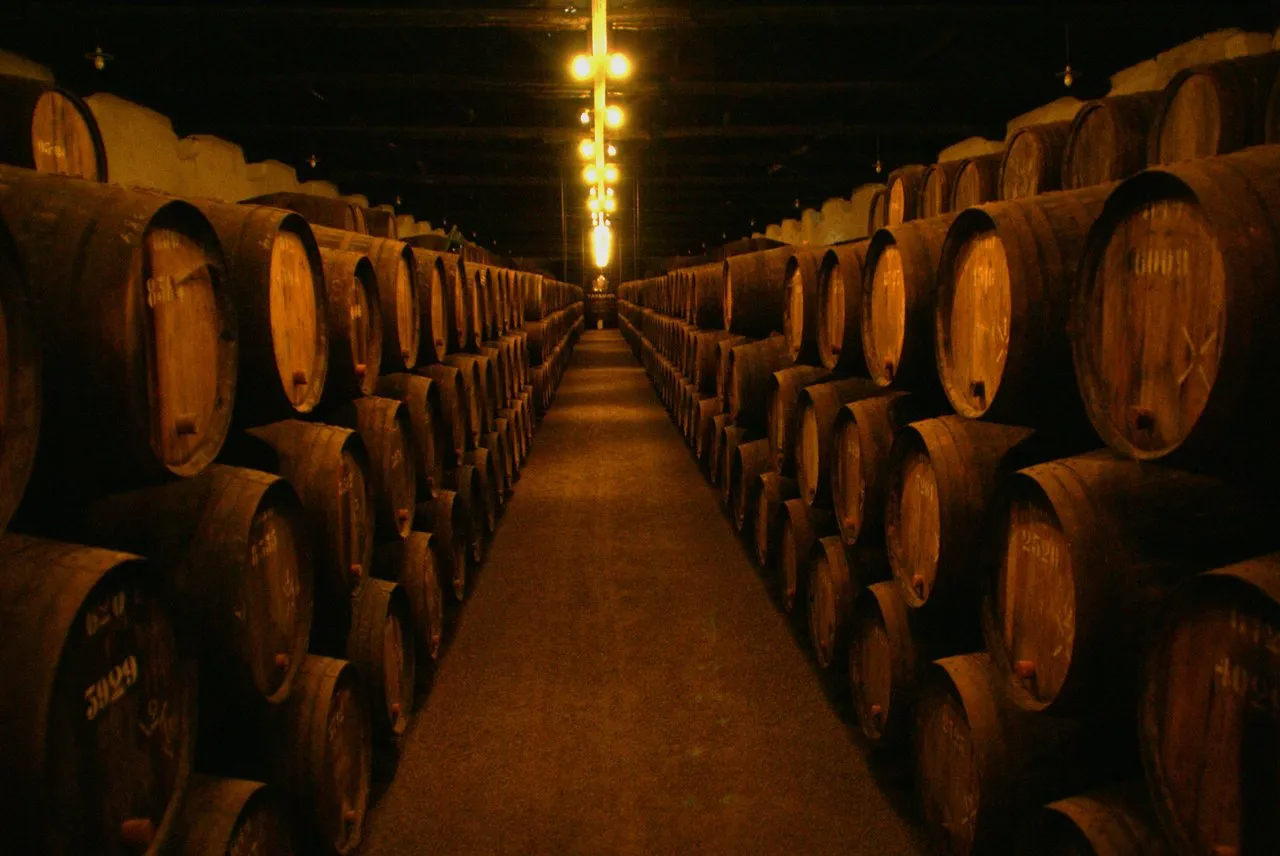
Porto Wine Cellar
Later, the idea came to add the brandy during the fermentation process, while the wine was still sweet, fruity and strong. Thus, the wine has a sweet taste and a high alcohol content. This is a production method that is still used today in the manufacture of Port Wine.
Porto Wine Production

Source
The process of producing Port Wine starts from the selection of several traditional grape varieties, usually from the native Douro region, with striking characteristics that give the wine a unique identity.

Source
Then the manufacturer adds a specially selected amount of wine brandy to the process. The high alcohol content of the brandy causes the fermentation to be interrupted, eliminating all types of yeast responsible for the process of converting sugar into alcohol, producing a balanced wine with a unique flavor.
Types of Port Wine
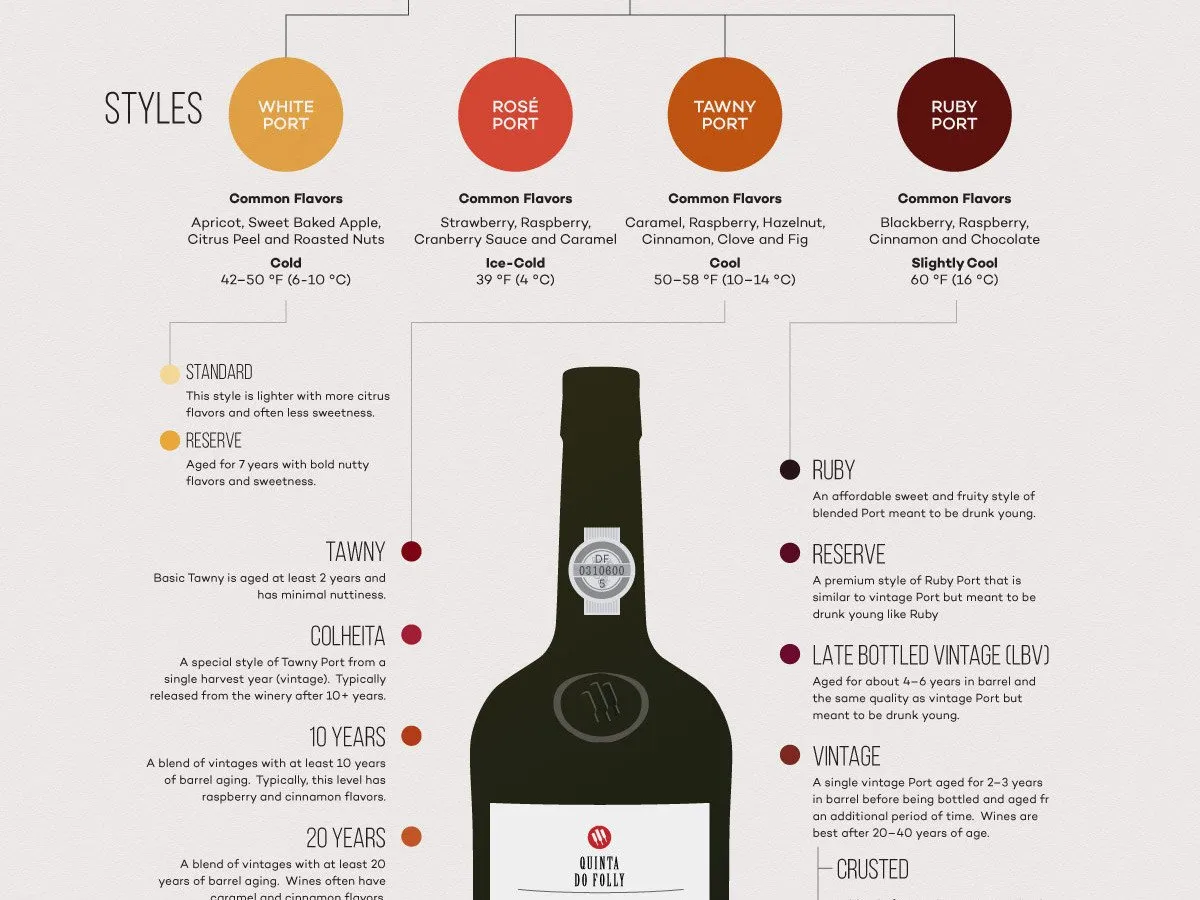
Source
Generally speaking, Port Wine can be divided into two distinct categories:
- The ones that are aged in wooden barrels
- The ones that are aged in bottle

Source
All wines have distinct subdivisions. Although the same type of grapes are used in all of them, the selection, vinification and storage of each wine is done differently, resulting in products with extraordinary characteristics and flavors.
Porto Ruby
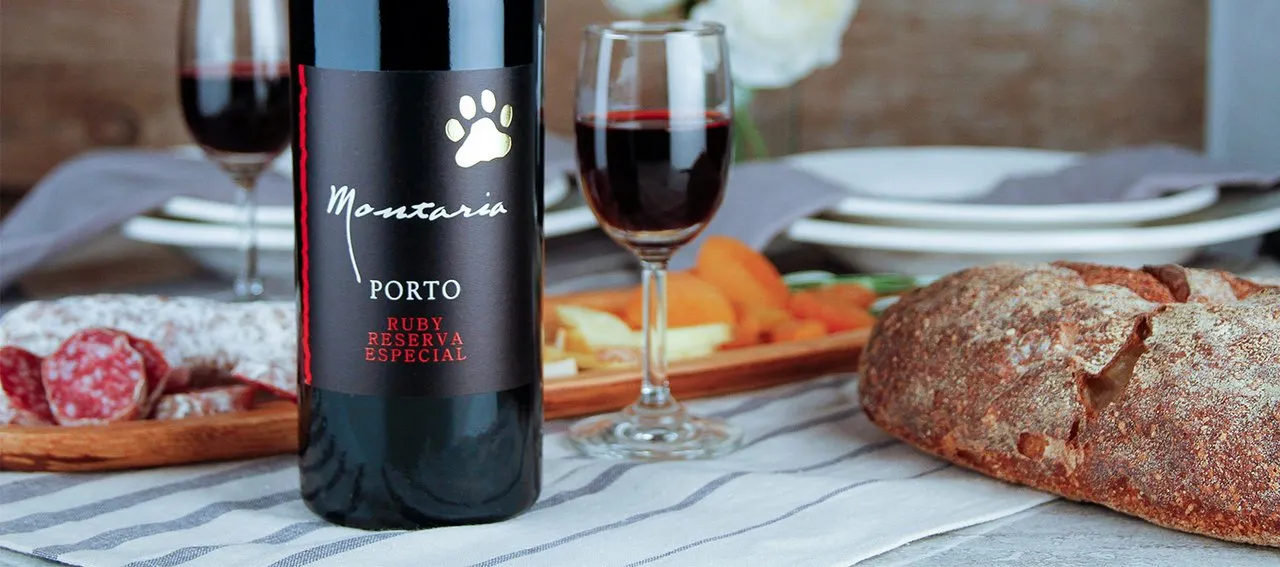
Source
This label is given to younger wines, usually between the ages of three and five. They have a characteristic color, deep, well defined and, above all, have a very intense aroma. They are wines made from a blend of fresh grapes from different vintages and harvests and can combine with foods such as cheeses, dark chocolate and wild fruits. Deep down they are an excellent after dinner complement.
Port Tawny
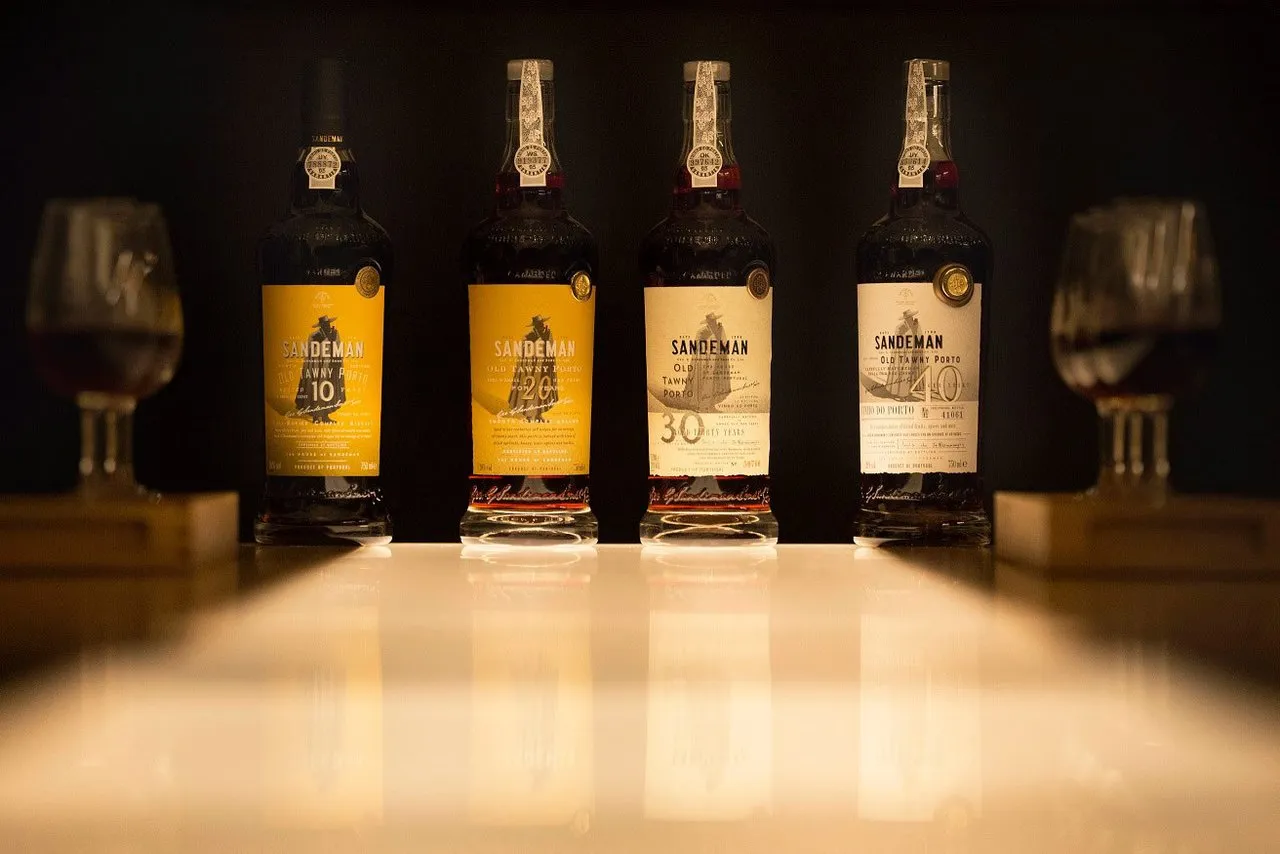
Source
This is a less full-bodied Port with softer colors when compared to Ruby. It is usually aged in wooden barrels, is slightly sweeter and has a nut-like flavor. It is undoubtedly an excellent accompaniment to strong cheddar cheeses, apple pie, dried fruits, chocolates, cheesecake and tiramisu.
Porto Reserva
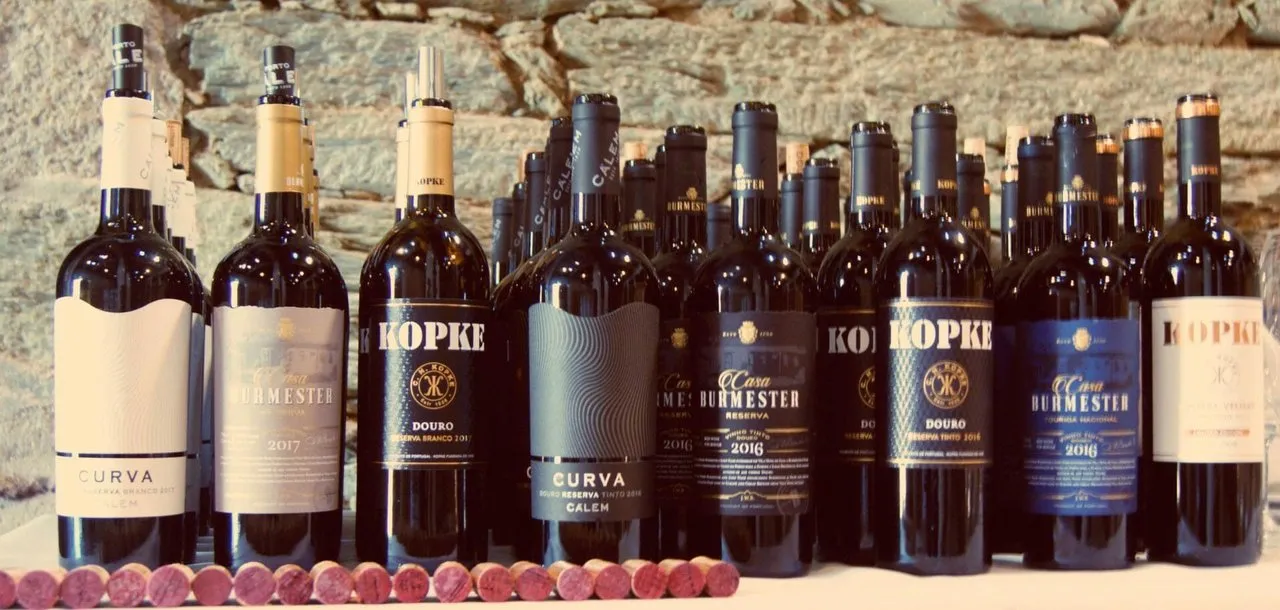
Source
This category applies to Tawny and Ruby and represents a higher quality version of these wines.
Ruby Reserva is a Port made from carefully selected vintages. These, in turn, have a more fruity flavor and greater complexity and structure than traditional Ruby.
Tawny Reserva, on the other hand, is more refined, has a woody and nutty aroma, resulting from the process of aging in wood for approximately 7 years. This type of wine has a hue that can vary according to the processes of wine making, assuming red, similar to Ruby, or brownish.
Port Branco

Source
Porto Branco is a wine that differs from the others due to its color, sweetness and aging period. Its production is made from white grape varieties, usually aged for 2 or 3 years and has styles ranging from sweet to dry.
Young White Ports are usually offered at the beginning of the meal, while the older, more intense and full-bodied ones are preferably served for dessert.
Port Vintage
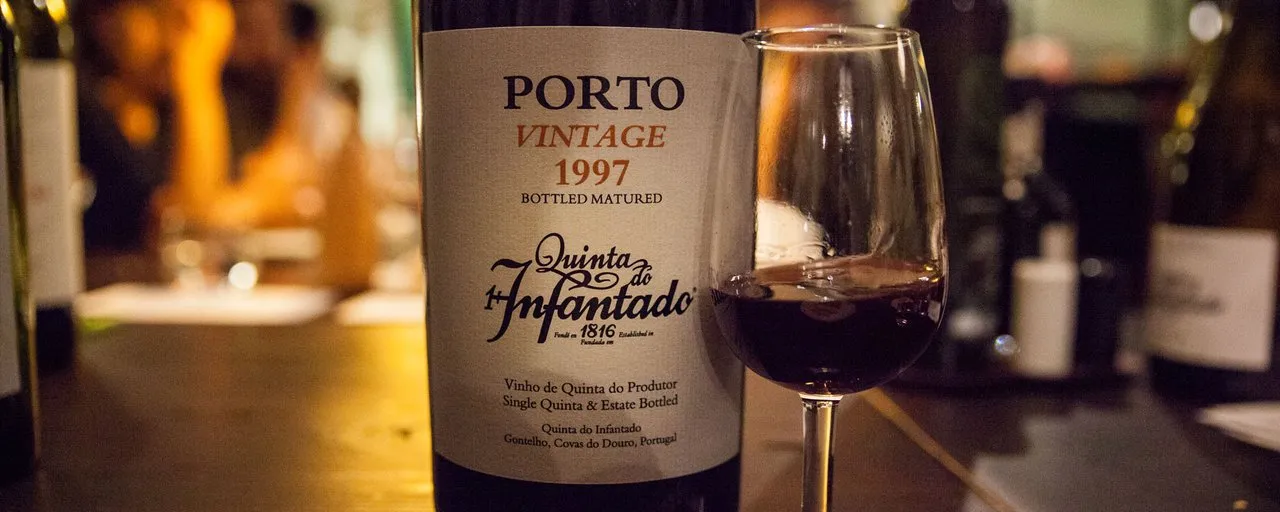
Source
Vintage is considered by many connoisseurs as one of the best Port wines of today. It is produced from a single special crop. It is an excellent, full-bodied, strong-colored wine that blends well with cheeses, almonds and walnuts and chocolate.
Late Bottled Vintage

Source
Like Vintage, Late Bottled Vintage (LBV) comes from a single year. However, it spends more time aging in wooden barrels so that oxidative evolution can be extremely slow. This type of wine is usually bottled four to five years after its production, has a smooth and full-bodied appearance and a reddish tinge.
The Port Wine Tasting

Source
Like most wines, Port should be stored in a cool, but not excessively cold and low humidity place. Port is usually served at a temperature of 15 to 20 degrees Celsius, with the exception of White and Tawny, which can be tasted a little colder.
Port wine is served in small quantities. The glass should be slightly smaller than traditional white wine, with the upper part narrower than the body, and should be only half full to allow better wine oxygenation and greater flavor and aroma enhancement.
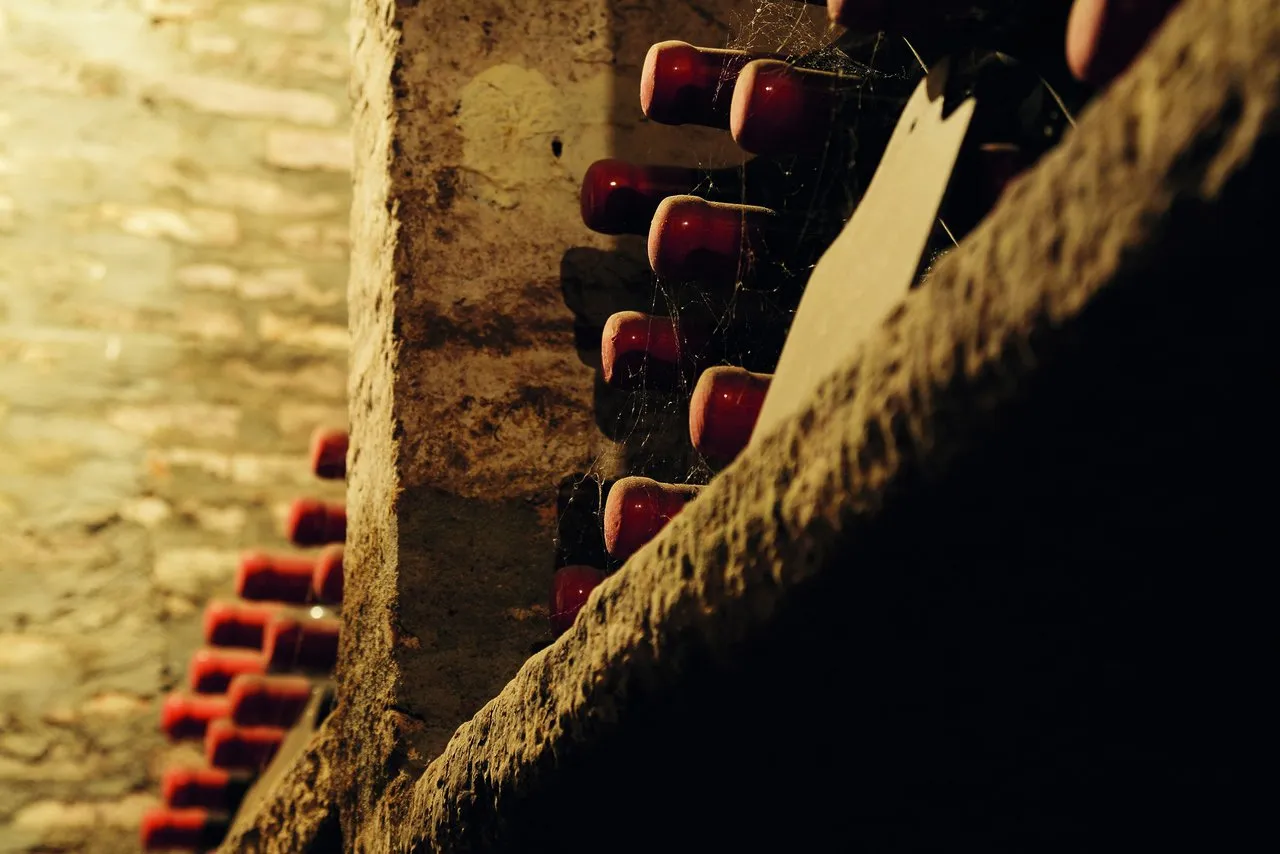
Source
Nothing better to warm the body in winter and soul in all seasons like a glass of port wine. With a unique color, texture and aroma, Porto is a wine that can not be compared to any other, and when served as an aperitif or after meals, is always able to please and delight people, adding a touch of refinement and good. I like any occasion.


